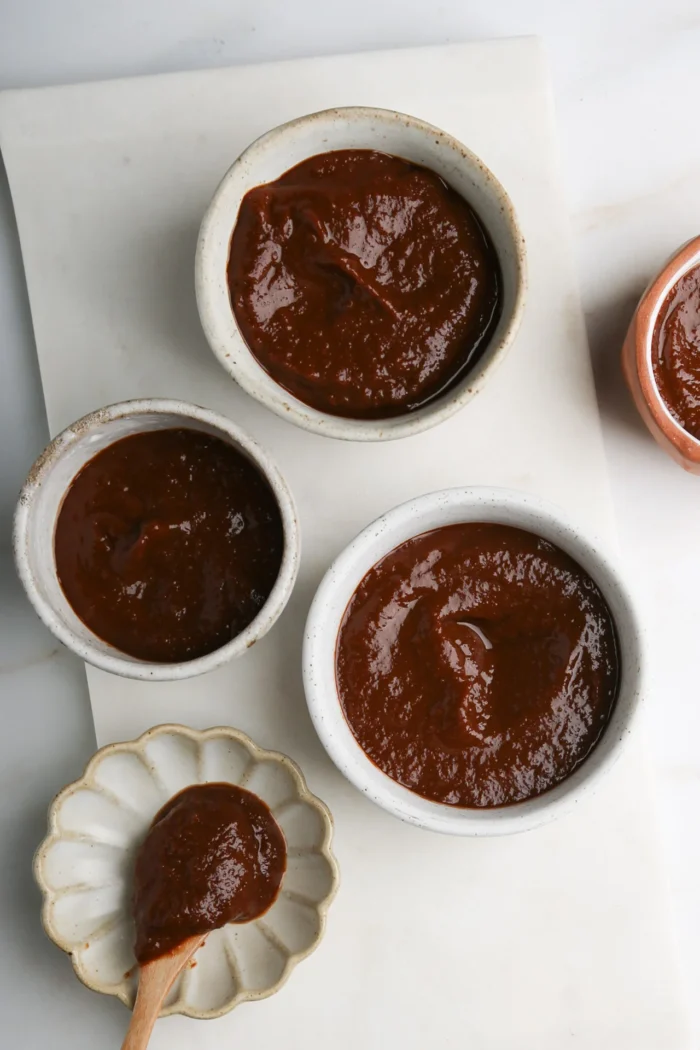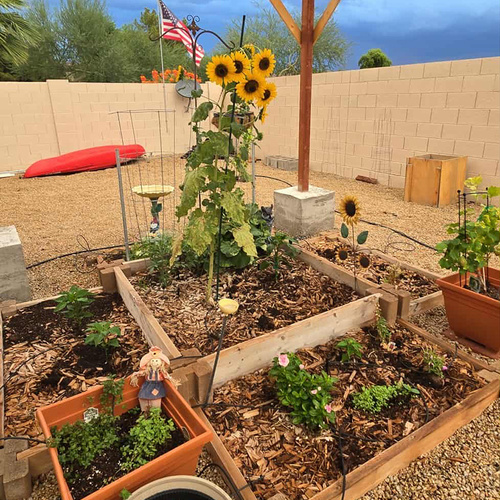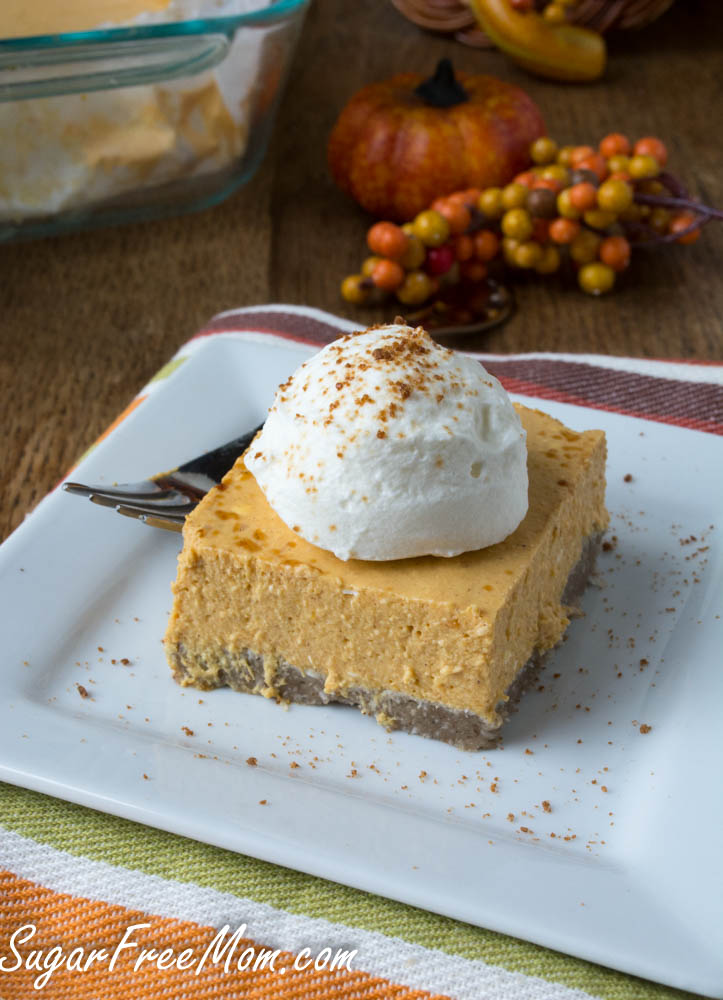We had the pleasure of speaking with Ale Graf about her work, food, and National Hispanic Heritage Month. I hope you enjoy this interview and her hibiscus chamoy recipe.
As someone who cooks Mexican food with a plant-based twist, food is an important part of your culture and how do you share it with others?
Food is more than just sustenance; it’s a way for us to love, connect, and remember who we are. For Mexicans, food is truly part of their DNA. From ancient times, when our ancestors offered food to the gods, to modern-day sobremesas with family and friends, sharing food is how we express love. I grew up surrounded by women who talked about recipes the same way other people talk about dreams. My mother, grandmother, and aunts were always planning the next meal or discovering new dishes. Now I do the same with my brothers. My diet today is primarily plant-based, but its essence is the same: it brings people together. Through my recipes, I hope to recreate that feeling of belonging: always having enough to share and always leaving room for one more thing on the table. That’s what comemos means to me. It’s not about nostalgia. It’s about showing what Mexicans are really like and taste like today.
When did you start cooking and developing your own recipes? How do you educate people on how to create beautiful Mexican food using plant-based ingredients? Are people ever surprised to learn that your recipes are plant-based?
I started 23 years ago, right after my son was diagnosed with a dairy allergy. That moment changed everything. I had to relearn how to cook. I turned to spices, explored new vegetables, and discovered different cooking methods. What started as a necessity quickly turned into a passion. I also enrolled in an online course to become certified as a plant-based cook. As my children grew, so did my curiosity and creativity in the kitchen. Educating others has always been fun for me. I’m not leading with the words “plant-based” or “vegan.” I lead with taste. I’ll serve someone a bowl of pea soup, and when they’re done, I’ll smile and say, “Congratulations, you just ate your first vegan meal.” It’s always a surprise to them, it’s magic, and it shows how beautiful, satisfying and profound Mexican plant-based food can be.
What plant-based or vegan dishes would you like to see as part of the Mexican culinary tradition? Is there anything in particular you would like people to know about these foods?
Masa, shut up. It’s the centerpiece of many beloved Mexican dishes, including sope, huarache, and tlacoyo, which are naturally plant-based. What I like most is its versatility. You can mold masa into the shape of anthojitos, but you can also use it to make dumplings and cakes, or get creative and reinterpret world cuisines with a Mexican twist. Take a quality soap, layer it with mashed potatoes or creamy refried beans, and top it with salsa, guacamole, shredded lettuce, pickled onions, or whatever else you like. That’s the beauty of Mexican food. Endlessly customizable. Everyone can create their own plate by setting up the spread with all kinds of toppings. It’s not just delicious. It’s inclusive, fun, and rooted in sharing.
What do you think is the way forward to encourage people to eat more fruits and vegetables and return to traditional Hispanic dietary patterns?
I think the real barriers are labels and absolutes. When we frame eating habits as all-or-nothing, people ignore them. But it feels more approachable and exciting when you shift your focus to one healthy, vibrant meal at a time—one full of colorful fruits and vegetables that add texture, flavor, and fun. Traditional Hispanic cuisine already emphasizes plant-based ingredients such as chiles, tomatoes, squash, beans, and corn. If you bring those foods back to the center of the plate in a way that feels natural rather than forced, people will reconnect with them. It’s about showing how beautiful and delicious these meals are, not preaching what you “should” eat.
What does Hispanic National Heritage Month mean to you?
For me, Hispanic National Heritage Month is a time to learn, grow, and open up to other cultures. This is a reminder that the Hispanic community is not monolithic. We come from so many different countries, regions and traditions, each with its own stories, flavors and rhythms. This month is a month to recognize that richness and embrace how much we can learn from each other. It’s a time to celebrate our common values and differences, and ultimately to shine a light on how we have more in common than we often think.
Please tell us a little about your work and career.
I’m a published cookbook author and food blogger with a passion for creating dishes that bring people together, including healthy, plant-based Mexican cuisine. My journey began 23 years ago when my son was diagnosed with a dairy allergy. That experience led me to explore plant-based cooking, get certified, and eventually launch my blog Piloncillo & Vainilla in 2013, followed by Ale Cooks in English.
I live in Houston with my family and continue to cook, cook, and celebrate as a center of connection.
hibiscus chamoy
Originally published here.
material
2 cups hydrated hibiscus flowers
1 cup dried cherries or cranberries
3 tablespoons ground chili ancho sub or other chili powder (or to your preference)
1 tablespoon date syrup or date sugar
1 cup water or hibiscus water
1/4 cup lime juice (or to taste)
A pinch of tagine (optional)

Instructions
Boil the ingredients: First add the hibiscus flowers, dried fruits, chiles, date syrup or date sugar to a blender, then add 1 cup of boiling water. (You can use a glass or stainless steel bowl.) Blend perfectly: Blend until smooth. Add 1/4 cup water to adjust consistency as needed. Season and adjust: Add lime juice and a pinch of tagine at the end, if desired. Store and enjoy: Pour into a clean jar, seal tightly and store in the refrigerator. It can be stored in the refrigerator for about a month, so try it out for various dishes!
Ale’s blogs can be found at alecooks.com and piloncilloyvainilla.com, as well as on Instagram, Facebook, and Pinterest.





